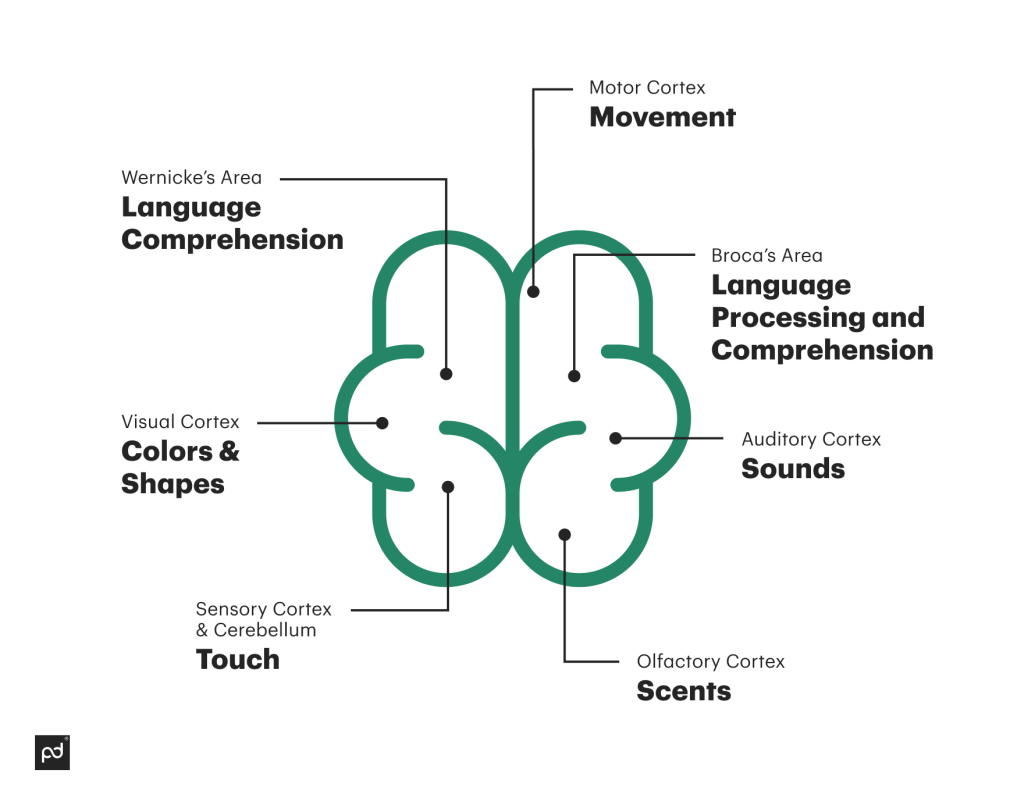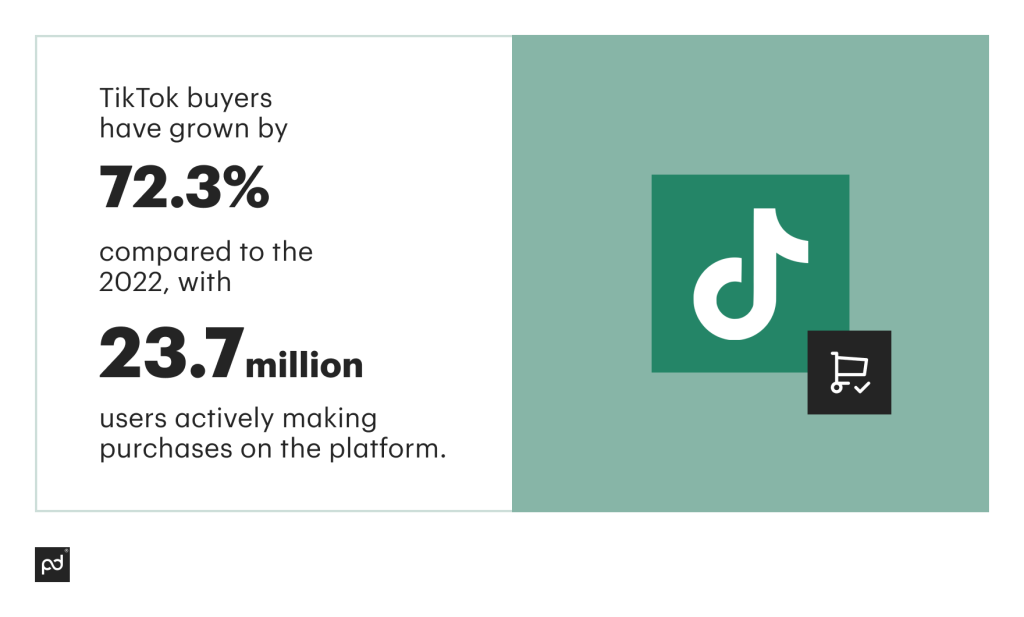Storytelling is one of our oldest forms of communication and is an excellent persuasive tool. Stories do the job better than facts – you only have to look to the tabloid news cycle to see that.
It’s also clear that, however fictional, stories can profoundly impact actions in reality, as the “Jaws effect” proves — a phenomenon where real-world policy around hunting sharks stems from an irrational overreaction to a scary, and fictional, Hollywood movie.
In one study, nearly 80% of those surveyed think it’s important for brands to tell stories.
For some companies, they’re simply not utilizing storytelling techniques in their marketing and sales strategy as much as they should, or as effectively as they could.
But an excellent sales pitch will use finely-tuned narrative techniques to wash these down.
These days, a customer can find out almost everything about your company with a Google search.
What Google can’t replicate, however, is the people, beliefs, and values that make your brand the best choice. It’s not enough to regurgitate dry facts when a customer makes contact.
Let’s explore how storytelling techniques can imbue your sales strategy with that needed human touch.
1. Stories are memorable
All the world’s sales expertise won’t make a difference unless you have a way to stick in your customers’ minds.
Research time-honored storytelling methods and use them as the foundation of your sales narrative.
Use a simple story structure that puts a neat image into your customer’s mind: this happened so we did this, causing this.
Most importantly, you want to close the story off in a neat way that emphasizes customer satisfaction. Ambiguous endings might be fun in movies, but offering reassurance should be the top priority in sales.
2. Storytelling demonstrates empathy
Sharing experiences, discussing pivotal life moments, or relaying what you did over the weekend helps people better understand each other.
But structuring all these thoughts and emotions into a narrative helps convey them clearly.
In sales, using storytelling techniques allow you to personalize the approach to each customer.
Consider their specific needs and weave them into a compelling story that resonates with them. Use humor or emotional appeals to demonstrate understanding.
Leveraging storytelling helps you show customers that you empathize with them, fostering trust and laying the foundations for a mutually beneficial client-business relationship.
3. Stories center the customer
People often say that “everyone is the hero of their own story.” Make the customer the main character of your sales narrative to show that you prioritize their needs and perspective above all.
Your brand takes the all-important second place.
You’re supporting, supplying the tools, and occasionally stepping in to save the day.
Center the customer to show that you think of them as someone with agency, someone who makes informed choices, and whose opinions matter.
Instead of thinking job-interview-style and “describing a time when,” try molding the story to focus on the customer’s benefits.
Show them how your support can help them achieve more.
This could mean:
- Grasping your customer’s pain points, desires, and goals;
- Tailoring your sales storytelling to directly address those needs and aligning your narrative with their specific challenges and aspirations.
- Avoiding hyperbole or empty promises. Instead, focus on real-life examples, testimonials and case studies to highlight how your solution has benefited others to foster trust and credibility.
Strong, consistent customer relationships are the key to avoiding customer churn, so be a close friend to your customer from the very start.
4. Stories express brand personality
When you frame your sales pitch as a narrative, your brand becomes a character. Seize the opportunity to let your customer know exactly what type of character that is.
What sort of story do you want to tell? Relate your tales of business triumph in a way that emphasizes the traits your customer values most.
This might be dynamism, flexibility, or creativity. It’s up to you to find out exactly what your customer is looking for.
Potential customers will already have an idea of your brand from their research. Consider your company’s public face: this is what initially drew the customer to you.
Emphasize the things that make your brand unique. Retain a cohesive brand identity throughout your relationship with the customer.
Right from the start of the customer’s journey with you, let them know who you are as a brand.
Maintaining your public relations and developing a strong email marketing strategy reflect this identity – and, more importantly, what the customer thinks you can be?
5. Stories have emotional appeal
We’ve all seen it – the sugar-sweet commercials that make use of cute children, animals, or older folks to pull on the heartstrings.
Statistics show that the emotional response to an ad has greater influence on a consumer’s desire to purchase rather than the ad’s content.
But just how do brands play on customer emotions and stir up empathy? We know by now, of course — through storytelling.
Imagine an IT company selling cybersecurity software. In a meeting with a potential client concerned about data breaches, a salesperson shares a brief story about a mid-size law firm, “Smith & Associates.”
The CTO of this firm believed that they were too insignificant to be a target for cyberattacks, but recently experienced a data breach costing millions to recover from.
Adopting cybersecurity software helped the firm to both prevent new breaches and regain customer’s trust.
By sharing this story, a salesperson tapped into the potential client’s fears and emotions by demonstrating “don’t be the next Smith & Associates,” making the proposal more relatable and pressing for the potential client.
6. Stories inspire action
A good story has tension, and for tension, there has to be something at stake.
While it doesn’t mean you should terrify your customers into choosing you, combining tension with the warm emotions in storytelling recognizes that challenges may arise, without instilling fear.
Experienced customers know that mistakes may happen, so choosing an honest approach and showing your brand’s readiness to handle potential issues can foster trust and resonate with your TA.
It’s a tactic that achieves results: Introducing conflict gently nudges customers toward engagement and decision-making, offering your solution as a reassuring resolution to their concerns.
7. Stories express creativity
You can give your sales reps lists of facts and figures to reel off. But stories will do much more for them and your customers.
Make use of your team’s unique talents. Confront your customers with the unexpected, to inspire those tricky emotions, and stick in their minds.
Go for evocative, vibrant language and imagery when selling to your customers. Make your stories immersive by making the context relevant to your customer.
One of the many benefits of narrative-based sales is that an immersive story activates more of the brain’s different areas.

Use creative storytelling to make your brand memorable when selling.
The opportunity for creativity will invigorate your sales team and encourage collaboration between colleagues during training and coaching.
Boredom and repetition in the workplace are anathemas to good service. Your sales technique should be something both your customers and staff can get excited about.
8. Stories have entertainment value
Sales and advertising are things that have long been tolerated, even avoided when possible — though this is no longer the case these days.
In the US alone, TikTok buyers have grown by 72.3% compared to the 2022, with 23.7 million users actively making purchases on the platform.

The same can be said about a direct-to-customer sales pipeline. If your customer’s shopping around, hearing pitches from dozens of brands can become a slog.
Standing out from others through storytelling could be accomplished by:
- Creating short-form video content that emphasizes your brand story, giving your customers something to laugh at, something to think about, something they can remember and share with others.
- Using an “About Us” page to tell the story of how your brand came to be, as it demonstrates your transparency and helps clients get to know your story beforehand.
- Sharing your brand story through social media, displaying that yours is a developed brand, with the knowledge and passion of real people behind it.
Customize and automate your sales strategy with PandaDoc
As we’ve outlined above, there are many ways you can make storytelling work for your brand.
While this article has focused on initial sales techniques, the ongoing customer relationship should be founded on the same principles.
The PandaDoc suite of sales tools covers the majority of touchpoints with your prospects and customers, from sales proposal templates and electronic signatures to a variety of integrations and a host of automation features.
Ready to check it out for yourself? Sign up for a free trial today!
Disclaimer
PandaDoc is not a law firm, or a substitute for an attorney or law firm. This page is not intended to and does not provide legal advice. Should you have legal questions on the validity of e-signatures or digital signatures and the enforceability thereof, please consult with an attorney or law firm. Use of PandaDoc services are governed by our Terms of Use and Privacy Policy.
Originally published October 14, 2020, updated September 9, 2024


